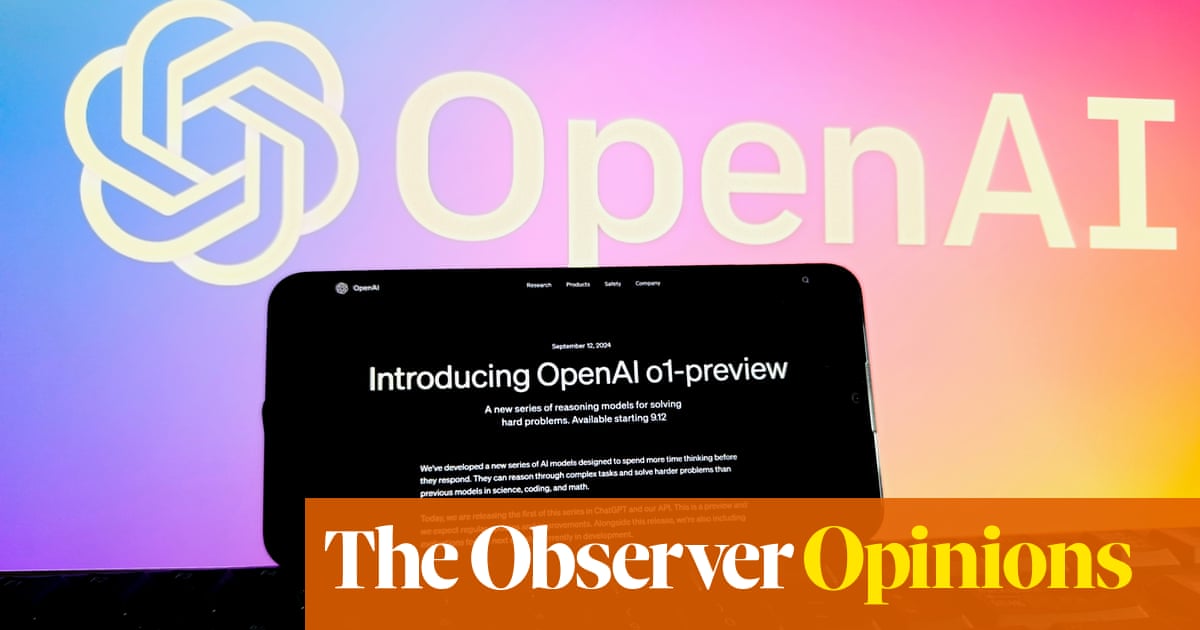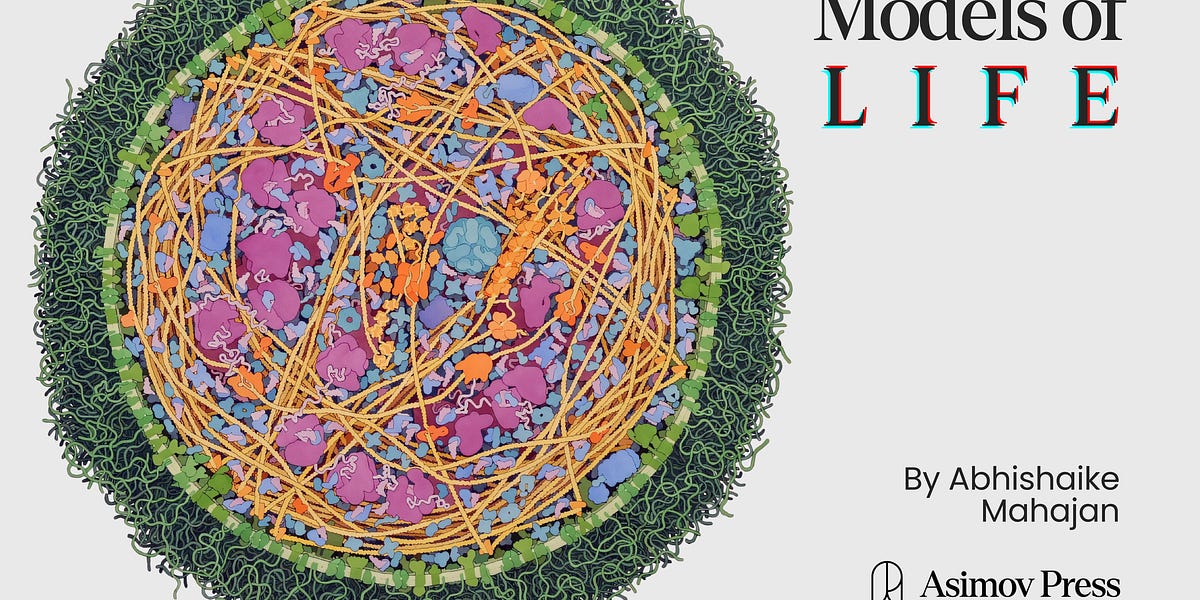
It’s useful that the latest AI can ‘think’, but we need to know its reasoning
OpenAI o1, AKA Strawberry, appears to be a significant advance, but its ‘chain of thought’ should be made public knowledge
I t’s nearly two years since OpenAI released ChatGPT on an unsuspecting world, and the world, closely followed by the stock market, lost its mind. All over the place, people were wringing their hands wondering: What This Will Mean For [enter occupation, industry, business, institution].
Within academia, for example, humanities professors agonised about how they would henceforth be able to grade essays if students were using ChatGPT or similar technology to help write them. The answer, of course, is to come up with better ways of grading, because students will use these tools for the simple reason that it would be idiotic not to – just as it would be daft to do budgeting without spreadsheets. But universities are slow-moving beasts and even as I write, there are committees in many ivory towers solemnly trying to formulate “policies on AI use”.
As they deliberate, though, the callous spoilsports at OpenAI have unleashed another conundrum for academia – a new type of large language model (LLM) that can – allegedly – do “reasoning”. They’ve christened it OpenAI o1, but since internally it was known as Strawberry we will stick with that. The company describes it as the first in “a new series of AI models designed to spend more time thinking before they respond”. They “can reason through complex tasks and solve harder problems than previous models in science, coding, and math”.

















/cdn.vox-cdn.com/uploads/chorus_asset/file/25378910/STK088_SPOTIFY_CVIRGINIA_D.jpg)





